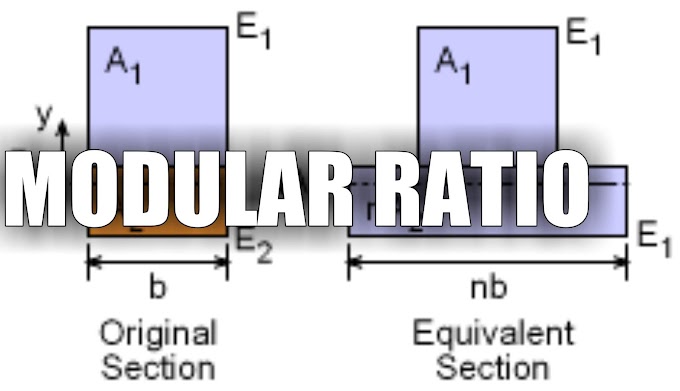Wood Masonry Construction
Wood is some of the time utilized in a workmanship kind of development, known as cordwood development, stack wood development, or stack divider development. Cordwood comprises of logs that have been cut into lengths that are appropriate for consuming in a chimney or woodstove, around 16 inches to around 24 inches long (~40 cm to 60 cm). This wood can be part or left in the round. The length of the logs is the thickness of a divider to be assembled. Decent thick dividers: solid and great encasings.
The wood masonry is having great potential to evolve as a sustainable construction technique. Though conventional masons have very little experience with wood, the wood masonry structure is approximately 100 years old. Through consultation with wood masonry experts, hands-on workshops, material testing, and detailed design development clears the fact that brick masonry can become a good sustainable substitute for brick.
Along with inflexible and splash froth protection, the wood stonework gives an exceptionally superior envelope. Since the wood was become close to the site and required negligible handling and vitality consumption (in this way sequestering more carbon dioxide than was transmitted in its creation), the task's carbon emanations were fundamentally lower than conventional block stonework development. Subbing customary block workmanship with wood stonework is equal to expelling 10 vehicles from the street for a year from the carbon outflow perspective.
Wood Masonry
Total Embodied Energy = 1,929 MJTotal CO2 Released (during fabrication and processing of wood and mortar) = 290.7 Kg CO2Total CO2 Sequestered = 964.8 Kg CO2
Brick Masonry
Total Embodied Energy = 4,329 MJTotal CO2 Released (during fabrication of brick and mortar) = 372 Kg CO2






0 Comments